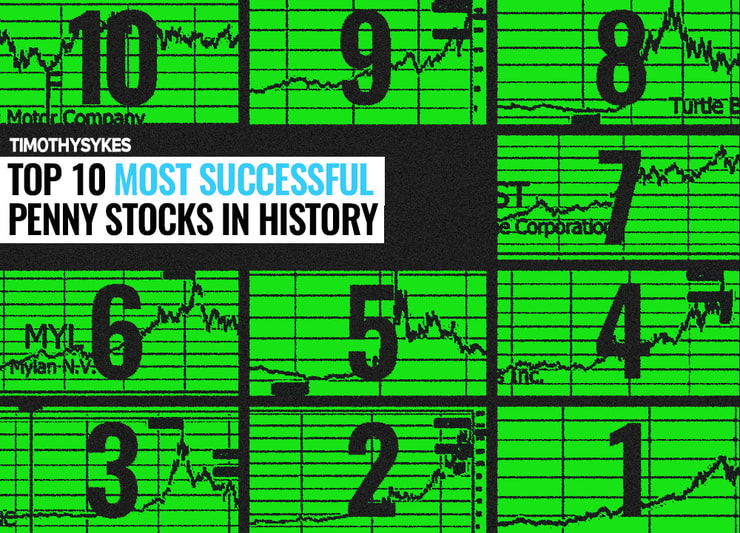It’s only Tuesday this week, and we’ve already seen multiple +100% runners in the stock market.
They moved just as I said they would in this blog.
One of the most impressive runners from yesterday, Monday, was VisionWave Holdings Inc. (NASDAQ: VWAV).
The stock spiked +400%* after announcing fresh AI news!
I posted about it on X when the price was still below $5 per share. Look below:
And after the market opened for regular hours, it surged to new intraday highs.
Look at my next post:
And it didn’t stop there …
I’m still watching this stock for a follow-up move.
The Strongest Stocks In The Market
My millionaire students and I always look for the strongest stock spikes in the market.
Here’s why:
Traders who focus on the strongest stocks have the best chance at success.
But for a lot of new traders, it’s difficult to tell the difference between a strong stock spike and a weak one.
My students and I use a simple checklist to find plays that match our patterns.
- A low share price.
- A spike of at least 20% on the day.
- A low float.
- A catalyst for the spike.
- A high trading volume.
On Monday, July 28, VWAV fit the checklist perfectly.
- It started below $3 per share.
- The stock spiked +20% within the first few minutes of announcing news.
- StocksToTrade shows that the float was only 14 million shares.
- The company announced it secured $50 million of equity to start an AI-driven defense platform.
- It traded +100 million shares on Monday.
Look at a chart of the move below:

This price action is NOT random.
I traded this runner in the morning for a small 6% profit. And I played it safe. I left A LOT on the table.
Watch my video below to learn the patterns that my millionaire students and I use to trade in this market:
The Source Of These Spikes
It’s important that you understand the reason behind these moves.
VWAV might have secured a $50 million private placement for its AI defense system. But that doesn’t mean it should spike 440%* …
The spike in the morning was due to the initial bullish momentum from the news announcement.
But as the stock started to fade, overzealous short sellers piled in to capitalize off of an overextended penny stock that was falling lower.
Ultimately, too many short sellers tried to ride VWAV lower. And as a result, they squeezed each other out as the stock spiked higher.
Most short sellers don’t post their losses, so it’s difficult to actually see this short squeeze catalyst. But every now and then we’re blessed by a short seller who admits defeat publicly.
Look at the post below from a short seller who blew up yesterday on VAPE and VWAV:

That’s gotta hurt …
I’m still watching VWAV for trade setups!
But don’t fall for the short selling thesis on these spikes. It’s dangerous.
Instead, join me and my students and on the long side.
Cheers
*Past performance does not indicate future results









Leave a reply